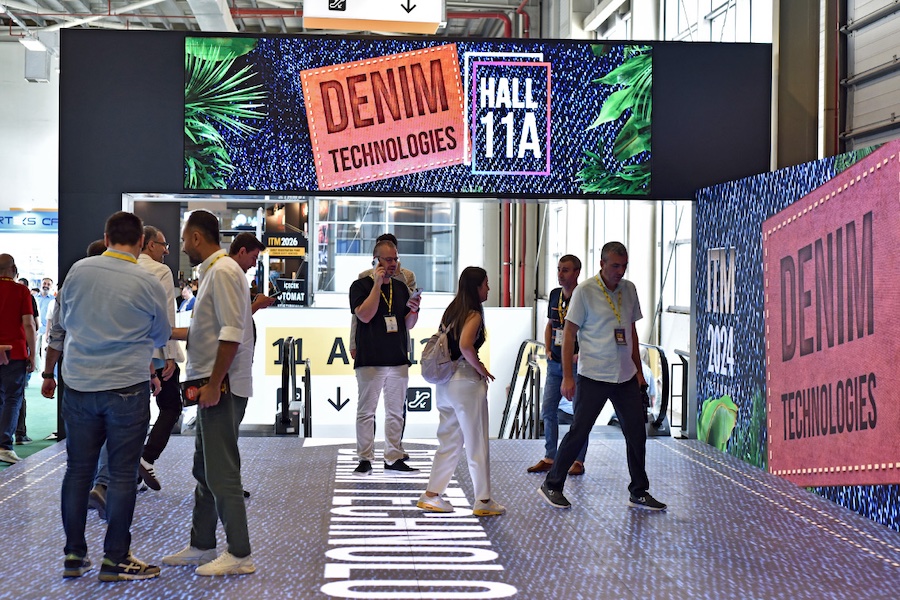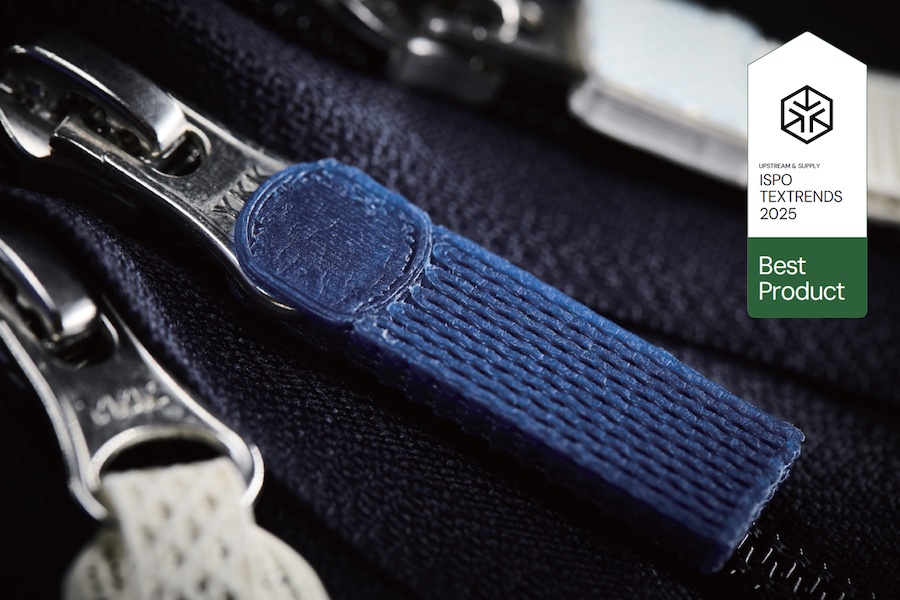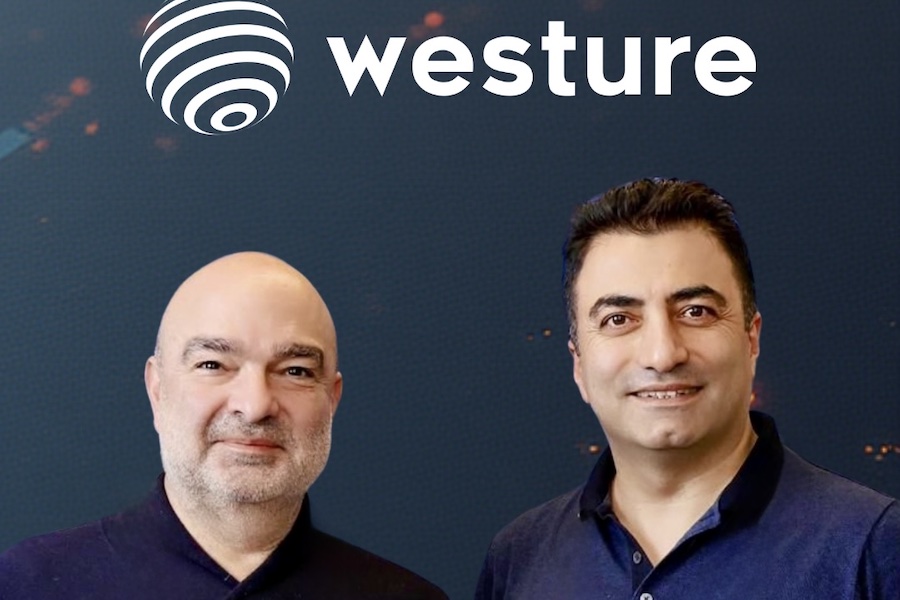#Textiles & Apparel / Garment
IAF’S Priority Issues 2021
IAF’s vision leading to the formulation of the priority issues is built on their conviction that the keys to building a better industry can be found in the operation of the supply chain, including the processes, the relations, the contracts and the flows of finance that comprise it. To escape a deflationary spiral the apparel industry is making a transition to a sourcing model based on flexibility and the reduction of uncertainty. The current predominant adversarial relations in the supply chain are a barrier to this transition. Flexibility requires investments in processes that stretch across the supply chain and so these processes can only be carried out when buyers and their suppliers collaborate.
Following this vision, in 2021 therefore IAF’s fulfillment of its mission to unite the industry to enable and to promote stronger, smarter and more sustainable supply chains will be focused on:
1. Contract and equity
IAF believes that the supply chain, to function well, literally and figuratively speaking needs a new contract. That is why IAF has teamed up with the STAR Network of industry associations, GIZ, Better Buying and the OECD in a project in which associations representing the majority of global clothing exports will build their recommendations.
2. Institutional infrastructure
IAF believes that the apparel industry needs a better global, institutional industry infrastructure. It is now too fragmented, with too many global initiatives and it is not inclusive enough, with many initiatives not sufficiently involving large parts of the industry, including manufacturers and small and medium sized brands. IAF has achieved success and will continue to do so, to reduce fragmentation and to make sure that manufacturers and SMEs are well represented in global initiatives.
3. Education and training
IAF has since its founding in 1972 recognized that education and training is the engine for positive change of the industry. Bringing knowledge to associations, training them and coaching them can have a great multiplier effect as they in turn educate their member companies.
4. Digitization
IAF believes that the industry needs an all-out, all-forces-joined drive for digitization. Education and standardization are two of the major enabling factors that IAF will focus on.
5. Transparency
The industry must accelerate its efforts to increase the transparency of its supply chains. There must be an extensive and trustworthy back and forth flow of information alongside the flows of physical goods and money. IAF will focus its efforts on strengthening the collaboration on a global level between the apparel and textiles industries.
6. A greener industry
The essence to the greening of the industry is a supply chain wide, collaborative approach. Pledges to reduce CO2 emissions are important but not sufficient. The costs and the rewards of transformation need to be shared better in the supply chain. IAF will focus on bringing the manufacturers’ voice more clearly into the global industry infrastructure that is being built to reduce apparel’s global environmental footprint.
Keeping the focus firmly on fostering true supply chain collaboration throughout all six of the priority issues through its events, publications, projects, initiatives and services, the International Apparel Federation will be fully committed to serving the apparel industry in what will be a difficult but also hopeful year.
Click here for the IAF’s Priority Issues 2021 PDF
https://www.iafnet.com/2016_01_22/wp-content/uploads/2021/01/IAF_Priorities-2021_Jan21_def.pdf

















